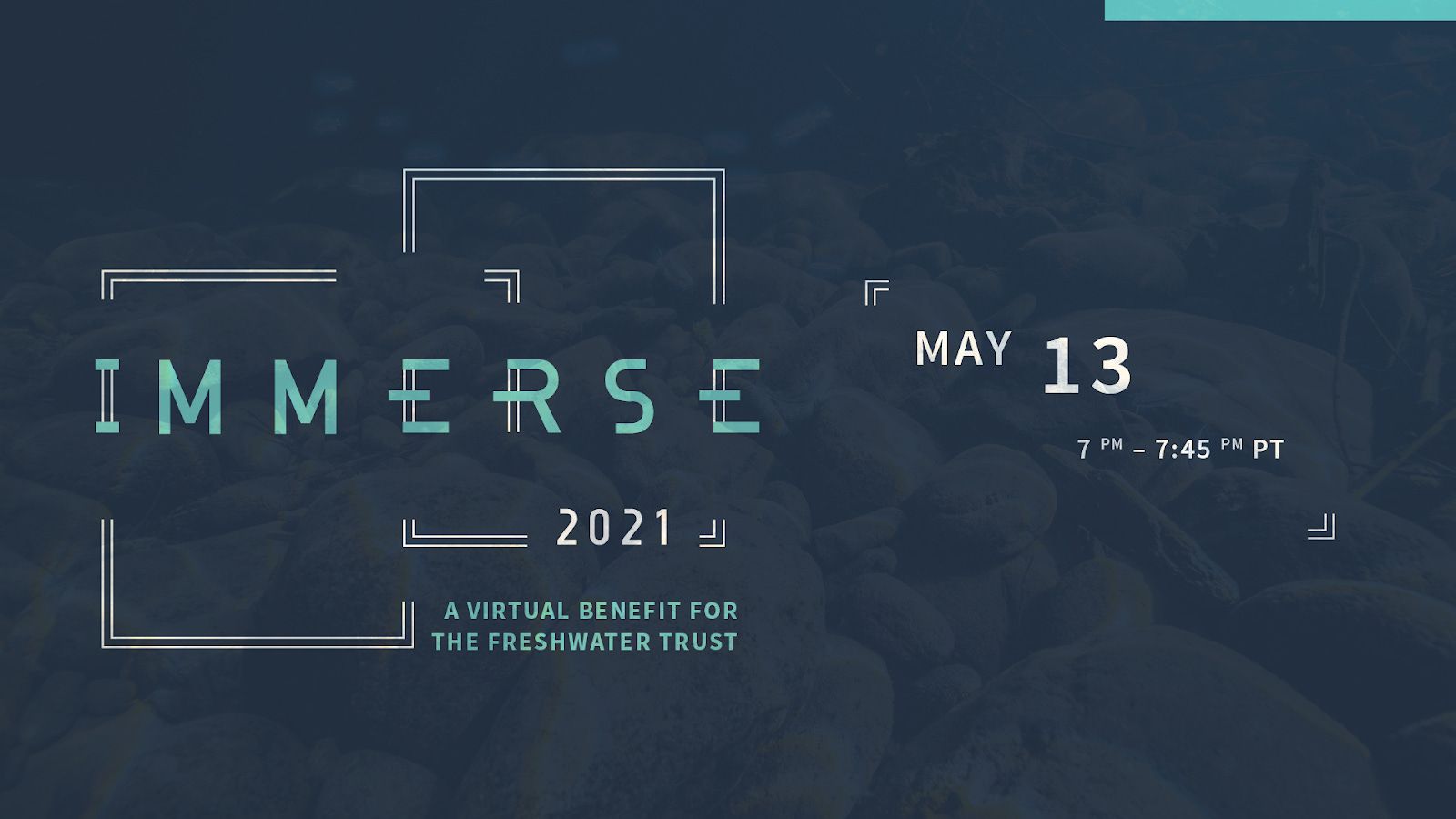Why is this Interesting? - The Dam Edition
March 23, 2021 ☼ Community ☼ Water ☼ Published Elsewhere
This week I had another chance to contribute once more to one of my favorite newsletters, Why is this Interesting? on one of my most hated topics: Dams.
Give WITI a look, it’s a great daily perspective-shifter for me.
(Previously, The Fermentation Edition, The Paquete Edition.)
On infrastructure, water, and nature
Nick Parish (NP) has been a friend of WITI since his days as a junior reporter on the NY Post’s sports desk. He has since worked in editorial, strategy, product, and org design, and currently lives in Portland, Oregon. He’s a fly-fishing mentor to Noah, and is focused on raising awareness around conservation and sustainability issues central to the sport. - Colin (CJN)
Nick here. Dams have always divided.
Some see them as technological marvels, helping communities flourish by putting water to work. Some see them as a marker on the vainglorious trail to ecological collapse, monuments to the belief that behind tons of concrete and steel, our civilization can conquer nature.
Along with the railroad, barbed wire, and the reservation system, across the American West dams have measured the cost of progress to nature and culture. Traditionally, the answer to “What good is a dam?” has fallen into one of two camps: authority or outsider, empire-builder or no-hoper. John McPhee’s Encounters with the Archdruid portrays one such struggle, between the Sierra Club and Bureau of Reclamation. It’s a contest between cutoff jeans fringing free love-tanned thighs and Stetsons topping polyester action slacks. The empire’s hell-bent on “flooding the Sistine Chapel so tourists can get a better look at the ceiling,” the hippies on saving it. In fiction, Chief Brompton of One Flew Over the Cuckoo’s Nest experiences the fracturing of his culture at the mechanistic levers of the Combine. A dam subsumes his identity and voice along with the traditional economies around Celilo Falls—the oldest continuously inhabited community in North America—as they are inundated by the Columbia.
But this divisive portrayal may not be shaping the future of water—water meaning agriculture, economies, and life—in the west. Recent developments have moved former foes beyond political ideology and outmoded stereotypes.
Why is this interesting?
Far from the dam-busting fantasies of Green Beret-cum-eco-saboteur George Hayduke in Edward Abbey’s The Monkey Wrench Gang, twin forces are pulling America’s dams down: simple economic sense and resilient fish.
America’s dam infrastructure is terrible, and we’re downstream of it. Major breaches and failures at sites like the Oroville dam in California and Edenville dam in Michigan have displaced thousands. The American Society of Civil Engineers give the country’s dam system a “D” in its 2021 report, revealing the average dam is 57 years old, with more than 2,300 “high-hazard-potential” dams around the country. Given their overall shabbiness and potential for costly failure, it’s becoming cheaper to take a derelict dam out, rather than leave it intact and roll the dice.
As dams themselves are crumbling, the decades-old rationale for maintaining the status quo erodes too, and we have a real chance to restore rural economies together with critically endangered Pacific salmon populations.
The largest dam-removal project in U.S. history is underway on the Klamath River in California. Meanwhile, Idaho congressman Mike Simpson, a Republican, has proposed a $34 billion legislative package to remove four dams on the Lower Snake River, a potentially transformational breakthrough. Drive and desire to implement these initiatives before time (and infrastructure money mojo) runs out is uniting both ranchers and environmentalists to find solutions.
Through it all, nature pervades. After dams are removed and habitat restored, salmon begin slowly and steadily returning. I hope one day to see the Columbia—a larger drainage than all the other West-running rivers in the continental U.S. combined—in an undammed state, with Celilo Falls roaring, salmon runs again counted in the double-digit millions, and our environment managed in accord with, rather than against, nature. Science and innovation can help make right the damage coming from earlier places of ignorance, as honor and tradition reunite in these sacred places. (NP)
Charity of the Day:
This might resonate with you more than it had pre-pandemic. Maybe you’re one of the 17 million Americans who connected or re-connected with aquatic recreation in the last year. No matter if you’re long-time or first-time, I work with an organization executing ecosystem-scale river regeneration and re-wilding, and I want to invite you to get involved too.
The Freshwater Trust is pioneering the next generation of quantified conservation and restored watersheds, mixing modern technology and native ecology. Sophisticated modeling products determine where and how a suite of remedies can bring tangible, measurable outcomes to help restore watersheds and leave them more resilient in the process.

Our annual gala, Immerse, is coming up in virtual format on May 13. And thanks to the Great Pandini, it’s just $20 to attend. You can hear more about the big opportunities we have to pioneer watershed restoration from anywhere in the world. Buy a ticket, come see the show, and next time you’re in Oregon, we can go find some fish together. Maybe we’ll see them where they hadn’t been in a while. (NP)
